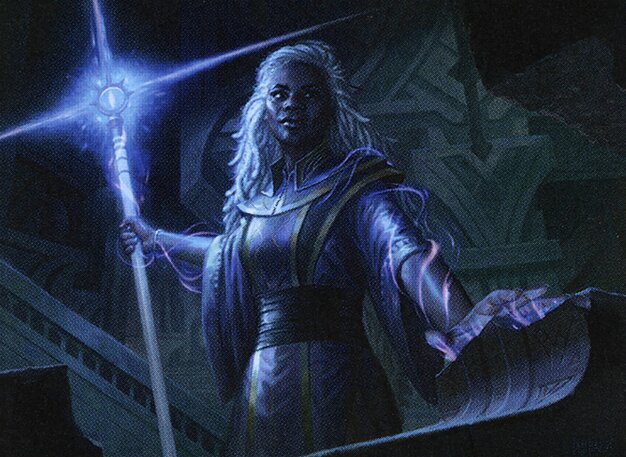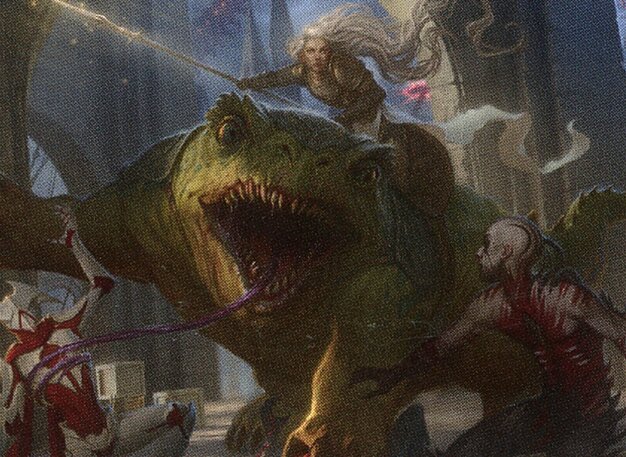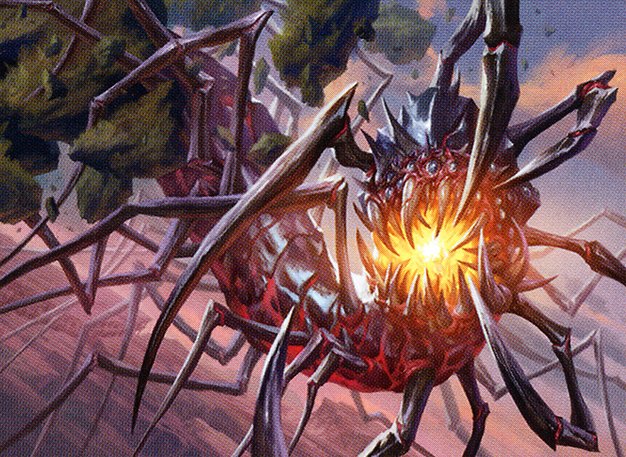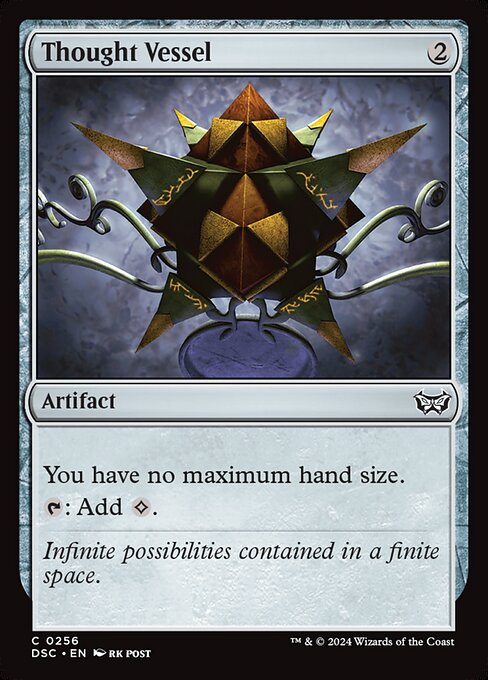Deck & Commander Strategies

Braids, Arisen Nightmare
Controls the board by forcing all players to sacrifice creatures or permanents at each end step, disrupting opponents’ board development and enabling incremental advantage through attrition.

Hama Pashar, Ruin Seeker
Focuses on dungeon exploration, doubling triggers from dungeon abilities to generate value and capitalize on repeated resource gains and effects from dungeon cards.

Thalia and The Gitrog Monster
Combines disruption and card advantage through taxing spells and leveraging lands and graveyard synergies, controlling the pace while drawing extra cards.

Obosh, the Preypiercer
Maximizes damage dealt with odd numbers, doubling that damage to pressure opponents aggressively with enhanced combat damage and synergy with odd-damage-dealing spells.
Gameplay Insights
- 1
Braids’ sacrifice trigger was a key disruptive element, forcing opponents to continually lose creatures and reshaping the board state.
- 2
Hama Pashar’s ability to double dungeon triggers amplified the value of dungeon exploration, providing repeated resource advantages that pressured other players.
- 3
The interaction between Obosh’s odd damage doubling and Thalia & Gitrog’s card advantage and disruption created a complex dynamic of aggressive and controlling strategies.
- 4
Players prioritized ramp and mana fixing early to enable their commanders' synergies, highlighting the importance of setting up early game resources for mid-to-late game plays.
- 5
The presence of taxing creatures and artifacts like Wayfarer's Bauble and Thought Vessel showed a balanced approach between resource acceleration and disruption.
Notable Cards
-

Braids, Arisen Nightmare
-

Hama Pashar, Ruin Seeker
-

Thalia and The Gitrog Monster
-

Obosh, the Preypiercer
-

Wayfarer's Bauble
-

Lotus Cobra
-

Thought Vessel
-

White Plume Adventurer
Gameplay Summary
The game started with four players piloting diverse decks led by Braids, Arisen Nightmare; Hama Pashar, Ruin Seeker; Thalia and The Gitrog Monster; and Obosh, the Preypiercer.
Early gameplay involved players setting up mana bases and developing board presence, with the usual opening plays like deploying ramp creatures and dungeons to accelerate their strategies.
Hama Pashar's deck focused on exploiting dungeon abilities with doubled triggers, enabling potent synergy and resource advantages.
Braids, Arisen Nightmare brought a taxing element to the game where players had to sacrifice creatures or permanents, creating tension and disruption among opponents.
Thalia and The Gitrog Monster leveraged disruption and card advantage, while Obosh's deck capitalized on dealing odd damage for enhanced combat effects.
As the game progressed, Braids's triggered sacrifice ability and Hama Pashar's doubling of dungeon triggers created pivotal moments, forcing players to make tough decisions and accelerating resource depletion or gain.
The interplay between these effects shaped the board state dynamically, steering the game towards a conclusion centered on incremental value and attrition rather than a single explosive combo.
Ultimately, the game showcased strategic layering of sacrifice, dungeon synergies, and damage manipulation to outmaneuver opponents.











































